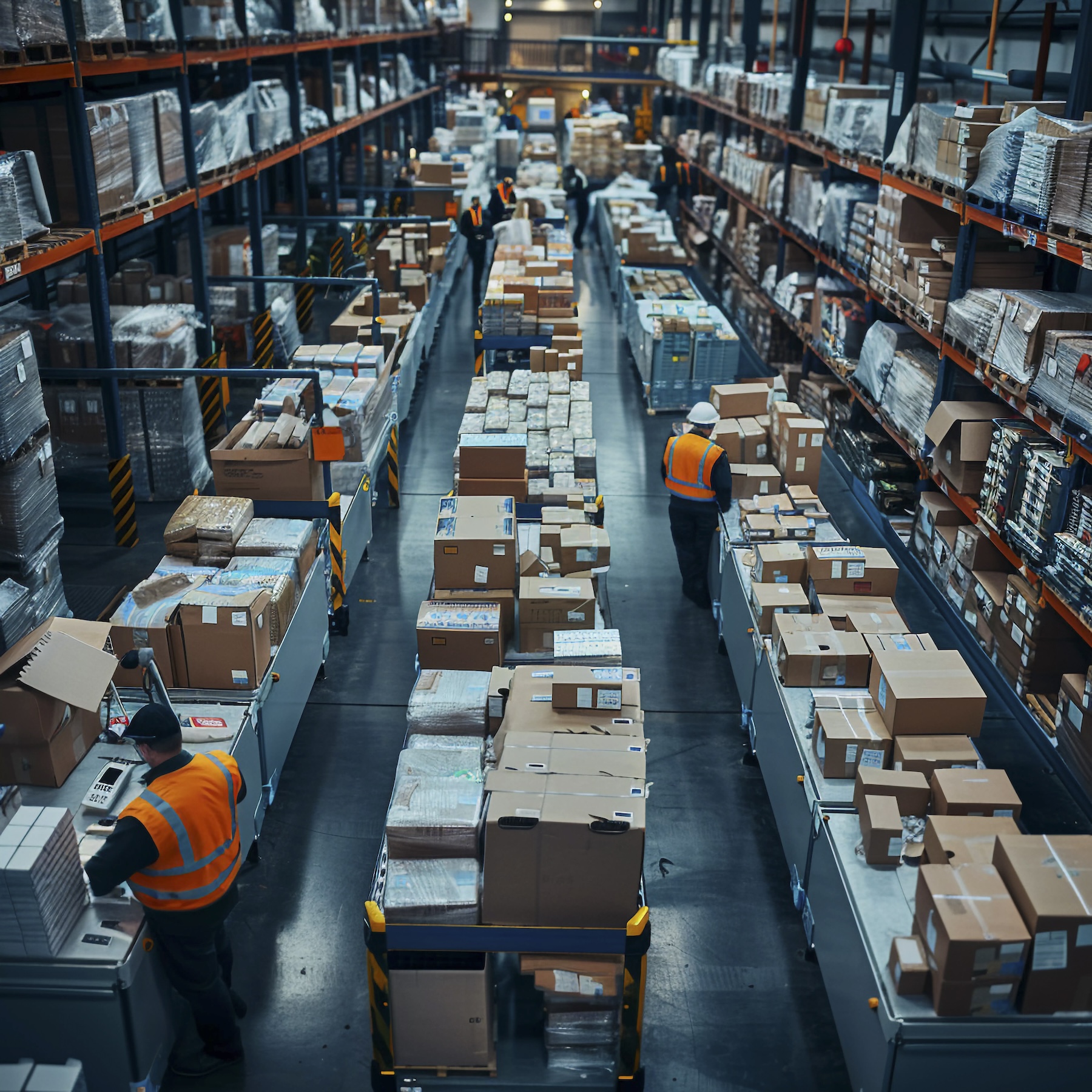A Day in the Life of a 3PL Warehouse: Inside Third-Party Logistics Operations
When it comes to supply chain efficiency, inventory control, warehouse fulfillment, and last-mile delivery, third-party logistics providers (3PLs) are the silent engines that keep products moving from manufacturers to customers.
For businesses seeking 3PL services in Ontario or anywhere in Canada, outsourcing warehousing and logistics — from inventory management to order fulfillment — frees up resources to focus on growth. Let’s walk through a typical day in a busy 3PL Ontario warehouse that serves clients across Canada.

7:00 AM - Receiving Inbound Shipments
The warehouse day starts early. By 7:00 AM, the receiving team is unloading inbound shipments — whether in containers, full trucks, or less-than-truckload (LTL) freight. Inventory is checked against advanced shipping notices (ASNs) for accuracy and visibility. Once verified, items are updated in the warehouse management system (WMS) in real time, keeping stock levels precise for Ontario 3PL operations and cross-Canada fulfillment.
8:00 AM – Inventory Put-Away and Stock Replenishment
After receiving, goods are labeled with barcodes and stored in assigned bin locations within pallet racking systems. A robust WMS ensures 3PL Canada operations run efficiently through strategic inventory slotting. Low-stock zones in high-demand pick areas are replenished to keep order processing smooth for both local Ontario clients and national accounts.
9:30 AM – Order Processing and Fulfillment
As orders come in from integrated eCommerce platforms or EDI connections, the picking team works with speed and accuracy. For Ontario eCommerce fulfillment, packing stations are tailored to each client’s branding — with branded materials, shipping labels, and inserts — ensuring a consistent customer experience across channels in Canada.
11:30 AM – Quality Control and Outbound Shipping Preparation
Before any order leaves the dock, it undergoes quality control checks to verify product accuracy, quantity, and condition. Orders are then sorted by shipping method, including small parcel, LTL, FTL, or FBA (Fulfillment by Amazon). Carrier labels are printed, documentation is finalized, and the WMS is updated with tracking details. The outbound team coordinates last-mile delivery and ensures deadlines are met through tight shipping carrier integration.
1:00 PM – Returns and Reverse Logistics
In the afternoon, the warehouse begins processing returns. In a well-run 3PL, reverse logistics is handled with the same precision as outbound shipping. Returned items are inspected, logged, and restocked if in sellable condition, reducing shrinkage and optimizing inventory recovery. This reverse supply chain process ensures transparency and efficiency for clients managing high return volumes.
2:30 PM – Client Communication and Reporting
Account managers provide clients with real-time inventory visibility through secure portals, detailed reporting, and proactive updates. These insights help 3PL Canada clients monitor key performance indicators like order accuracy, inventory turnover, and delivery timelines.
3:00 PM – Final Carrier Pickups and End-of-Day Wrap-Up
The shipping team loads pallets into trailers according to dock schedules and shipping windows. Final confirmations are sent to clients, and the team performs an operational sweep to ensure every Ontario and Canada-bound shipment is dispatched as promised.

Why a 3PL Partner in Ontario is a Strategic Asset
What may seem like a typical day in a 3PL warehouse actually involves precise coordination across people, processes, and technology. Whether it’s managing seasonal surges, supporting multi-channel retail, or ensuring next-day delivery, a reliable 3PL partner is a key asset in modern supply chain strategy.
A successful third-party logistics provider isn’t just a storage facility; it’s a full-service partner offering end-to-end logistics solutions. With scalable fulfillment services, real-time visibility, and expertise in reverse logistics, shipping, and order management, 3PLs help brands scale efficiently while enhancing customer satisfaction and building operational resilience.
 Skip to main content
Skip to main content
